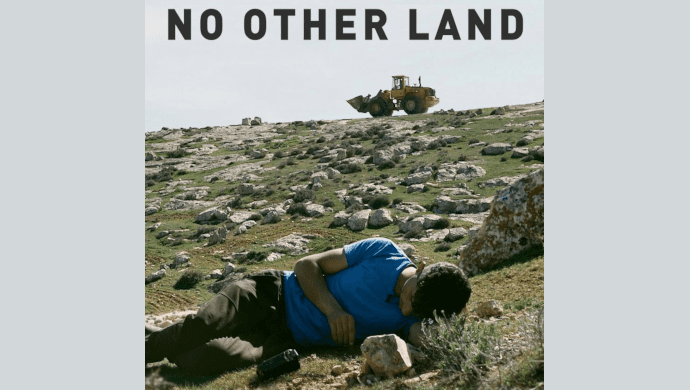Et nyt studie fra FN’s Fødevare- og Landbrugsorganisation viser, at antallet af hajer i Middel- og Sortehavet er faldet voldsomt i løbet af de sidste to hundrede år. Men en beslutning på en konference i CITES om at regulere handel med hajer og rokker kan måske redde de truede dyr.
ROME, 14 March 2013 (FAO):”Sharks in the Mediterranean Sea have declined by more than 97 percent in number and ‘catch weight’ over the last 200 years. They risk extinction (udryddelse) if current fishing pressure continues,” the study found.
In the Black Sea, although information is scarce, catches of the main shark species (arter) have also declined to about half of catches in the early 1990s.
“This loss of top predators (rovdyr) could hold serious implications for the entire marine ecosystem, greatly affecting food webs throughout this region,” it added.
The study, “Elasmobranchs of the Mediterranean and Black Sea: Status, Ecology and Biology”, was undertaken by the General Fisheries Commission for the Mediterranean, one of several FAO regional bodies working in the fisheries sector.
Hajer og rokker særligt sårbare
It found that cartilaginous fish species (bruskfisk), such as sharks and rays, “are by far the most endangered group of marine fish in the Mediterranean and Black sea where 85 species are known to occur.
Of 71 species assessed in the Mediterranean Sea in 2007, 30 (42 percent) were found to be threatened, including 13 percent critically endangered, 11 percent endangered and 13 percent vulnerable. Another 18 percent were categorized as near-threatened.
Cartilaginous fish have skeletons made of cartilage, rather than bones.
Within that group, sharks, rays and skates are scientifically termed Elasmobranchs. Their biological characteristics, including low fecundity (frugtbarhed), late maturity and slow growth make them more vulnerable than bony fish, as their regeneration rates are slower.
Issues such as “overfishing, wide use of non-selective fishing practices and habitat degradation” are therefore affecting these species more than others.
In general sharks and rays have not been deliberately targeted in the Mediterranean and Black Sea, but caught accidentally. Annual aggregated reported landings in the Mediterranean and Black Sea currently amount to some 7.000 tonnes, compared to 25.000 tonnes in 1985 – an indication of the severity of their decline.
At the same time, however fishing activities targeting sharks are intensifying due to rapidly increasing demand for shark fins, meat and cartilage.
Man kan læse mere på
http://www.fao.org/news/story/en/item/171847/icode
Begynd fra mellemrubrikken: ”Habitat disturbance”
Man kan læse hele rapporten fra FAO på
http://www.fao.org/fileadmin/user_upload/newsroom/docs/i3097e%5B1%5D.pdf
Man kan se reaktion fra Verdensnaturfonden på CITES beslutning om at regulere handel med hajer og rokker på
http://wwf.panda.org/wwf_news/?207894/WWF-Governments-muster-political-will-to-protect-sharks-at-CITES














